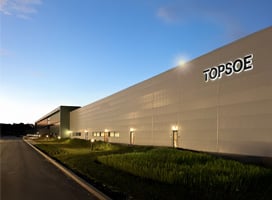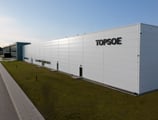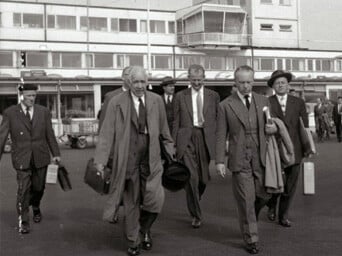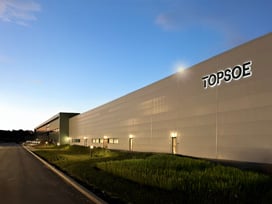The once-through process that converts heavy gas oils to on-spec diesel Refiners often find that the end boiling point of their hydrotreated diesel product is slightly higher than allowed for the diesel pool. Topsoe’s back-end shift partial conversion hydrocracking process (BES) significantly reduces the distillation temperature. It deploys selective hydrocracking and isomerization of heavy hydrocarbons present in the back-end distillation to achieve higher diesel yields and moderate hydrogen consumption.
The BES process is designed for endpoint reduction and cold flow improvement of light vacuum gas oil feeds at low-to-moderate pressures to produce ultra-low sulfur diesel. It is well suited for revamping diesel hydrotreaters into mild hydrocrackers, since the process configuration is similar to a distillate hydrotreater. Technically speaking, the BES is a single-stage process. Results from the field show that it can be considered a full conversion hydrocracking process because there is no unconverted oil produced. The bottom of the stripper/fractionator is on-spec diesel product. BES is a low-cost option for achieving high middle distillate yields, excellent cold flow properties, D-86 T95 reduction, and a cloud point improvement of up to 30°C.
.png)








![SAF Airplane runway[1]-1 1](https://www.topsoe.com/hs-fs/hubfs/SAF%20Airplane%20runway%5B1%5D-1%201.png?width=800&height=640&name=SAF%20Airplane%20runway%5B1%5D-1%201.png)





